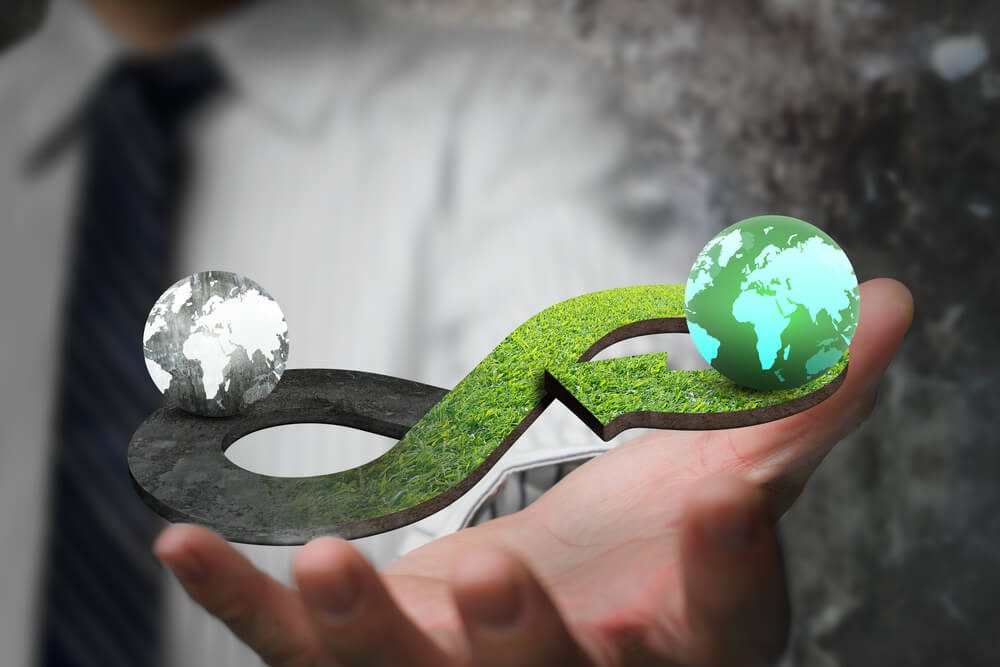
Economy of a country refers to the state of a country in terms of the production, consumption of goods and services and the supply of money. United States ranks first in the list with all major factors favouring the country. Here is the list of top 10 largest economies of the world.

The economic superpower, The United States is highly advanced in technology and the U.S. economy remains the largest in the world in terms of nominal GDP. The $18.5 trillion U.S. economy is approximately 24.5% of the gross world product and U.S. stands ahead of China in terms of GDP per capita (PPP). However when compared in terms in GDP, China stands ahead with $21.3 trillion.

China stands as the second largest economy in the world and has lifted about 1.3 billion of its population out of poverty. With the effect of its strong growth, China has already overtaken the U.S. economy in terms of GDP. From an equal contribution from manufacturing and services and with a 10% contribution by the agricultural sector, China has achieved a nominal GDP of $15.26 trillion during 2016 and it is expected that China’s gross domestic product (GDP) would outpace that of the U.S. as early as 2017.

Japan ranks third largest in terms of nominal GDP and fourth in terms of GDP by purchasing power parity. The economy facing hard times in the previous years had become positive to an extent with nominal GDP $4.73 trillion, its GDP (PPP) is $4.93 trillion, and its GDP (PPP) per capita is $38,893

Germany, being the largest and strongest economy ranks fourth largest economy in terms of nominal GDP. Exports of machinery, vehicles, household equipment, chemicals and skilled labor force contributes to the nominal GDP $3.49 trillion where the GDP in terms of purchasing power parity is $3.97 trillion. However the economy is facing a lot of challenges ranging from Brexit to the refugee crisis.

The United Kingdom is currently the world’s fifth largest in terms of GDP with about $2.65 trillion with services and manufacturing being the main contributors. Even though agriculture is not a contributor towards GDP, 60% of the U.K.’s food needs is produced domestically. While Brexit is assumed to bring losses everywhere, the country’s economic growth rate is estimated to stay between 1.05-1.09% in the next five years.

France with a nominal GDP of $2.48 trillion stands sixth largest economy in terms of GDP and its purchasing power parity is around $2.73 trillion. The low poverty rate and high standard of living is reflected in its GDP (PPP) per capita and the country is one among the top exporters and importers in the world.

India, being the third in in terms of purchasing power parity, stands seventh in case of nominal GDP with $2.25 trillion. The high population drags the country’s GDP (PPP) per capita down and limited dependence on exports, high saving rates, favorable demographics, and a rising middle class plays a major role in economy strength.

Italy, one among the prominent economies of the Eurozone stands eighth largest in terms of nominal GDP with $1.8 trillion economy. The economy suffered negative growth due to banking system collapse and unemployment issues and the government is working on various measures to boost the economy that resulted in a positive economic growth in recent years. The GDP measured in purchasing power parity for the economy is estimated to be $2.22 trillion and its per capita GDP (PPP) is $36,313.

Brazil stands ninth il the largest economy list with $1.77 trillion nominal GDP. Being one of the fastest growing economies in the world, the Brazilian economy has developed in services, manufacturing, and agricultural sectors. However the recession and increase in unemployment rates results in negative growth rate with the purchasing power parity $3.1 trillion and GDP per capita (PPP) as $15,211.

Canada has a highly service-oriented economy with a nominal GDP of $1.53 trillion. The country has solid growth in manufacturing and very exposed to commodity prices, but the drop in oil prices kept the economy from growing more than 1.2% in 2015. The GDP measured in purchasing-power parity is $1.7 trillion, and the GDP per capita (PPP) is $46,239